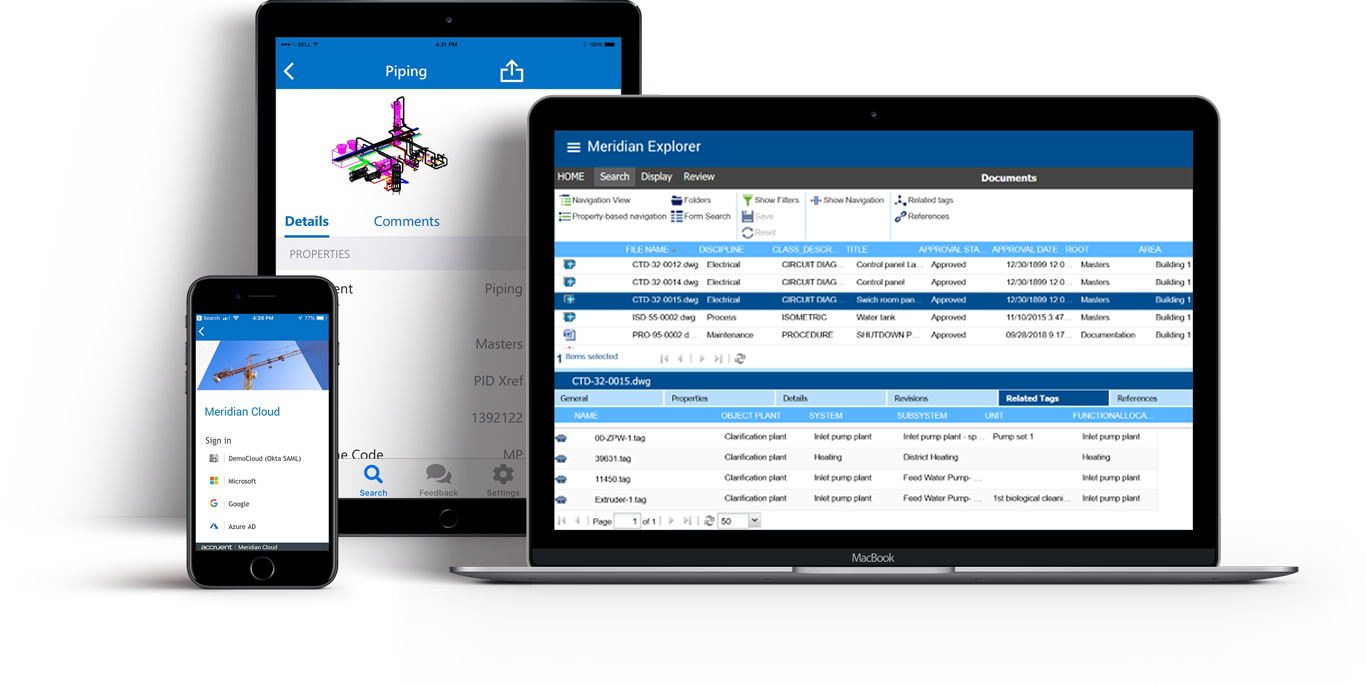Staying compliant with OSHA regulation 29 CFR 1910.119 “Process Safety Management of Highly Hazardous Chemicals” is a struggle for many organizations. Companies require significant effort from their internal resources that tend to be scarce, affecting the control of their hazardous area classification (HAC). Companies are also required to implement a five-year review cycle, placing a burden on the engineering team, and hindering the ability to improve the plant. With a flexible software system designed to improve your documentation both in scale and quality, your engineering team will be more prepared and proactive for compliance and reviews.
Hazardous area features to look for in EIM software
- Proactive preparation for reviews: Typically, the review process is handled reactively, either when the review is due or when the master documentation is evaluated and additional activities, such as on-site inspections, are scheduled. However, data quality can be improved when HAC is handled proactively as part of the engineering change. This proactive approach triggers re-evaluation of the classification creating a much more efficient workflow.

- Readiness for changes: During an engineering project, an organization’s classification of an area may need to change. The information handover process between Operations and Maintenance can be more easily and cheaply completed during a project because engineers are more likely to remember various details regarding the project when they are working through it versus after a project has closed. Years later when a HAC review is due, the original engineers are working on other projects and many external contractors are no longer with the organization so inevitably, the project information is lost.
- Management of HAC assessment dependencies: In reviewing the process of controlling your hazardous area classification in an engineering project, HAC assessment hinges on a number of key factors such as:
- Classification of materials
- Presence of flammable materials under normal or abnormal conditions
- Grouping of gas vapors
- Temperature classification
The documents that describe these key factors are usually mandatory deliverables in an engineering project. These factors are derived from engineering documents assigned to the change project, such as piping and instrumentation design, material safety data sheets, equipment data sheets, etc. If one of these deliverables changes in the project, the assessment factors may change. By defining documents that describe the assessment factors as project deliverables, workflows are triggered to update and review them. This process ensures that the review and update of HAC deliverables can occur as needed. Depending on the nature of the change, the involvement of specialists is targeted to cases where they are needed. Upon completion, organizations rely on up-to-date HAC deliverables which provides the foundation needed for HAC compliance.
Discover the EIM System Trusted by Engineering Teams Around the World
Meridian helps over 350,000 maintenance, operations, and engineering professionals keep their asset documentation up to date. It helps organizations ensure data is easily accessible by the right people while maximizing staff productivity and supporting personnel safety.
Explore Meridian, Accruent’s EIM and engineering document management system today to see how it can transform your operations.

